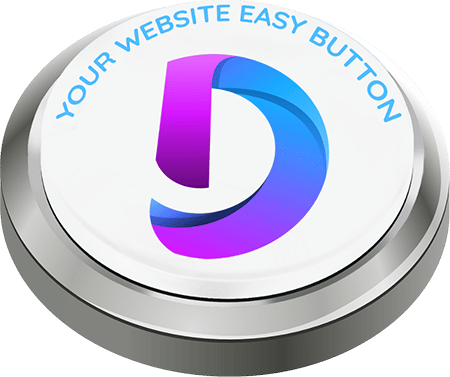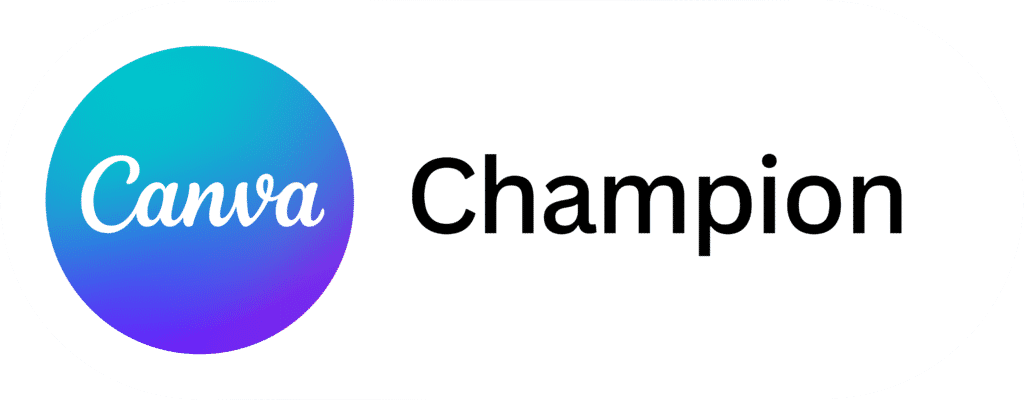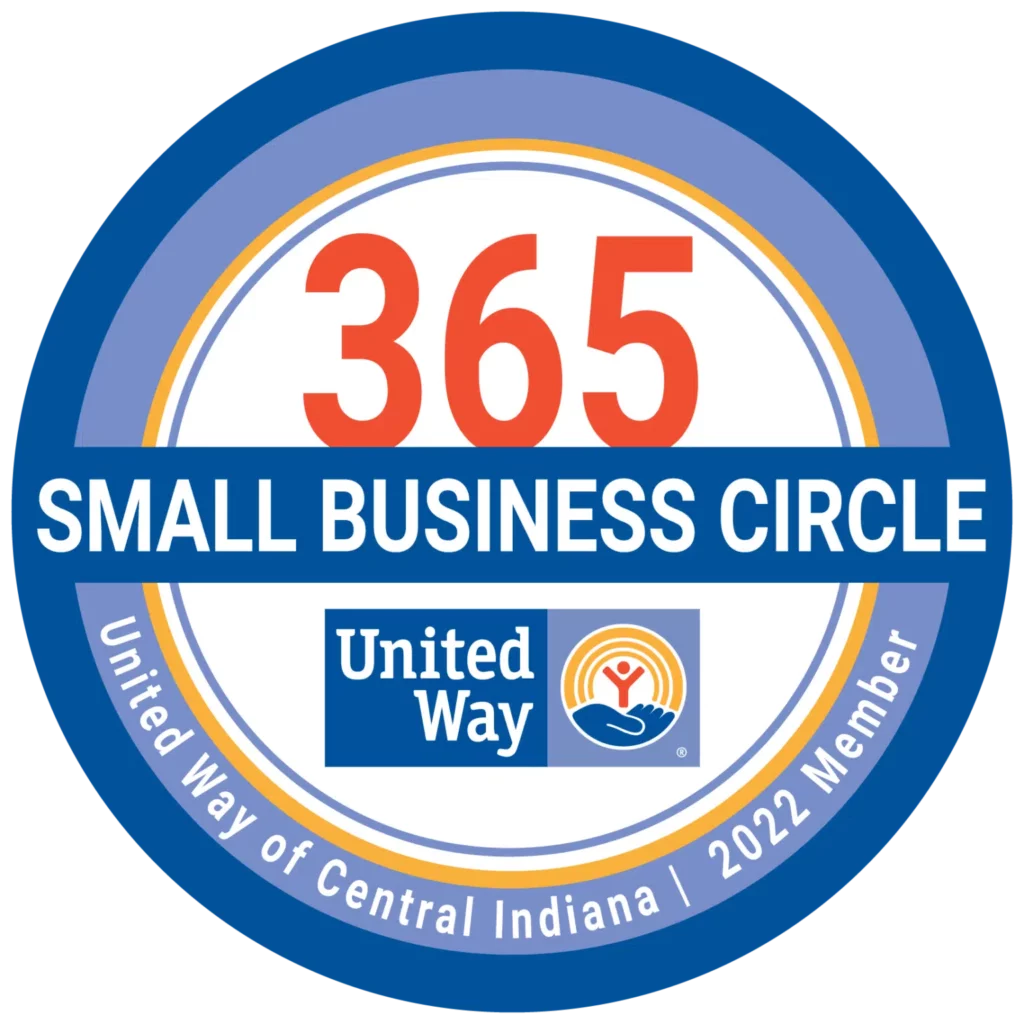Understanding how your digital marketing campaign is working and, in particular, how your website is working is important if you are going to maximize their impact. The terms you encounter when dealing with website analytics, however, may be unfamiliar. You may find yourself lost in a sea of web design terms, but we have your back. Understanding these terms is the first step toward putting data about your website and digital marketing campaign to good use. Soon you will have a sound foundation basic web analytics knowledge.

Here is a look at some of the most common terms you will encounter when dealing with website analytics. Buckle up for some new data analysis terminology and we will fight together through the digital marketing jargons to prepare you to master the web analytics websites like Google Analytics and more!
Bounce Rate
The bounce rate is the percentage of visitors who leave your website after looking at only one page. For example, if 1,000 people visit your site, and 10 bounce, your bounce rate is 1 percent. Typically, your bounce rate should be below 50 percent.
High bounce rates indicate a potential problem with the pages where the bounces are occurring. High bounce rates can also negatively affect SEO, because they make your website appear less relevant and appealing to the search engines.
Click Through
A click occurs when a user follows a hyperlink. For example, they might click on a call to action button, a Google Adwords ad, or a product link on your site. Click throughs are important because they show you how many people are taking action because of your digital marketing or website.
Click Through Rate
The click through rate refers to the percentage of people who click through a certain link compared to the total number of people who saw the link. For example, if 1,000 people see a Google ad and 10 of them click on that ad, that ad has a click through rate of 1 percent. You should aim for a click through rate on your Google Ads of about 3-5 percent. However, the higher the click through rate, the more effective an ad, webpage, or other marketing effort is.
Conversion
A conversion is any act a website visitor takes that fulfills the goal of that webpage. For example, when a customer purchases a product promoted on a landing page, that is a conversion.
Purchases are often the intended conversion. However, conversions can include other actions, such as signing up for an email or an event, submitting information, or subscribing to a resource.
Impressions
Impressions are the number of times an ad or a web page is seen. In the example above, the number of impressions is 1,000. Click through rate is determined using the number of impressions and the number of clicks. While impressions are important, it is your click through rate that will really tell you how effective an ad, link, or webpage is.
Load Time
Load time refers to the amount of time it takes a page to appear when a user lands on it. About 40 percent of users will leave a website whose pages take longer than 3 seconds to load, so that number should be your benchmark. Optimize slower loading pages to maximize their speed.
Page Views
The number of page views is the number of pages a visitor sees. You may get information on the average number of page views per session, or the total number of page views within the reporting period. Higher page view numbers indicate greater engagement from website visitors.
Return Visitor
A return visitor is any visitor who has come to the website before. Return visitors are one indicator that a website is capable of earning loyalty from its customers. If many visitors come back to a site, that means that they find the site to be valuable, relevant, and easy to use.
Session
A session is a single visit by a single user. Often, a session is defined as the series of pages a user visits with no more than 30 minutes elapsing between page visits.
Session Duration
In some ways, the number of people who visit your site is not as important as how long they spend interacting with your site. Session duration measures the average amount of time a visitor spends on a website, regardless of the number of pages they view during that time. The longer the session duration, the more likely it is that visitors are finding your site to be engaging and relevant.
Time On Page
Also known as page view duration, this term is relatively self-explanatory. It refers to the amount of time a visitor spends on a single page. Usually, the time on page is an average. The more time visitors spend on a page, the more effective that page is. If visitors are not spending much time on a particular page, you may need to evaluate whether or not that page is achieving your goals.
Unique Visitor
A unique visitor refers to every discrete, individual visitor who comes to a website over a certain period of time. For example, a website might report 200 unique visitors in the last month, or 10 unique visitors in the last day.
Analytics are important to any web design or digital marketing endeavor. They give you the information you need to see how your website and digital marketing campaigns are working.
In order to understand this data and apply it, you first need to understand the terms. You should also use a digital marketing agency that can collect, interpret, and use the analytics to maximize your online impact.
Here at Distinct, we offer a wide range of digital marketing services for customers, including analytics tracking. We can help you understand and use your analytics to create a powerful online presence for your business.







